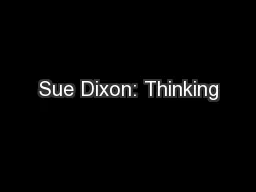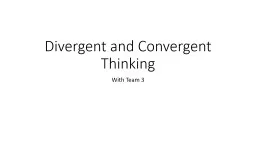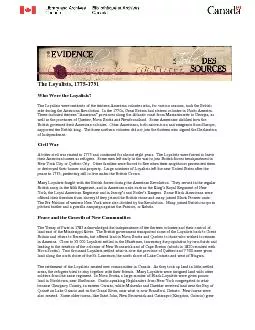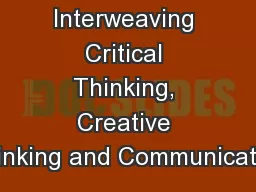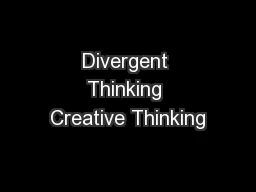PPT-What Were You Thinking?
Author : sherrill-nordquist | Published Date : 2017-05-07
Neuroscience of the Teen Brain Stephannee Standefer LCPC Program Director CounselingNorthwestern Carolyn Ball Graduate Student Teens are 4 times more likely than
Presentation Embed Code
Download Presentation
Download Presentation The PPT/PDF document "What Were You Thinking?" is the property of its rightful owner. Permission is granted to download and print the materials on this website for personal, non-commercial use only, and to display it on your personal computer provided you do not modify the materials and that you retain all copyright notices contained in the materials. By downloading content from our website, you accept the terms of this agreement.
What Were You Thinking?: Transcript
Download Rules Of Document
"What Were You Thinking?"The content belongs to its owner. You may download and print it for personal use, without modification, and keep all copyright notices. By downloading, you agree to these terms.
Related Documents



